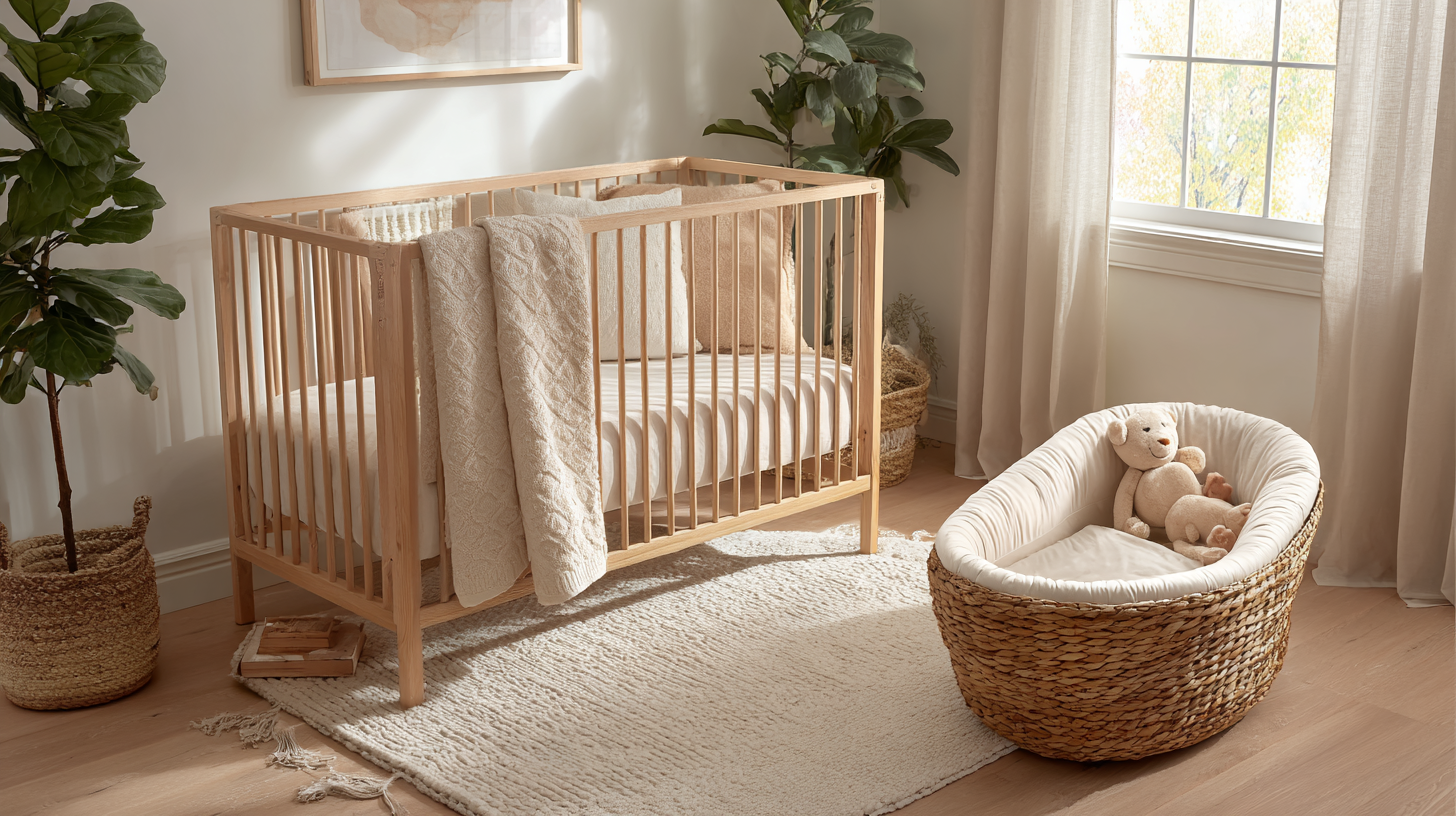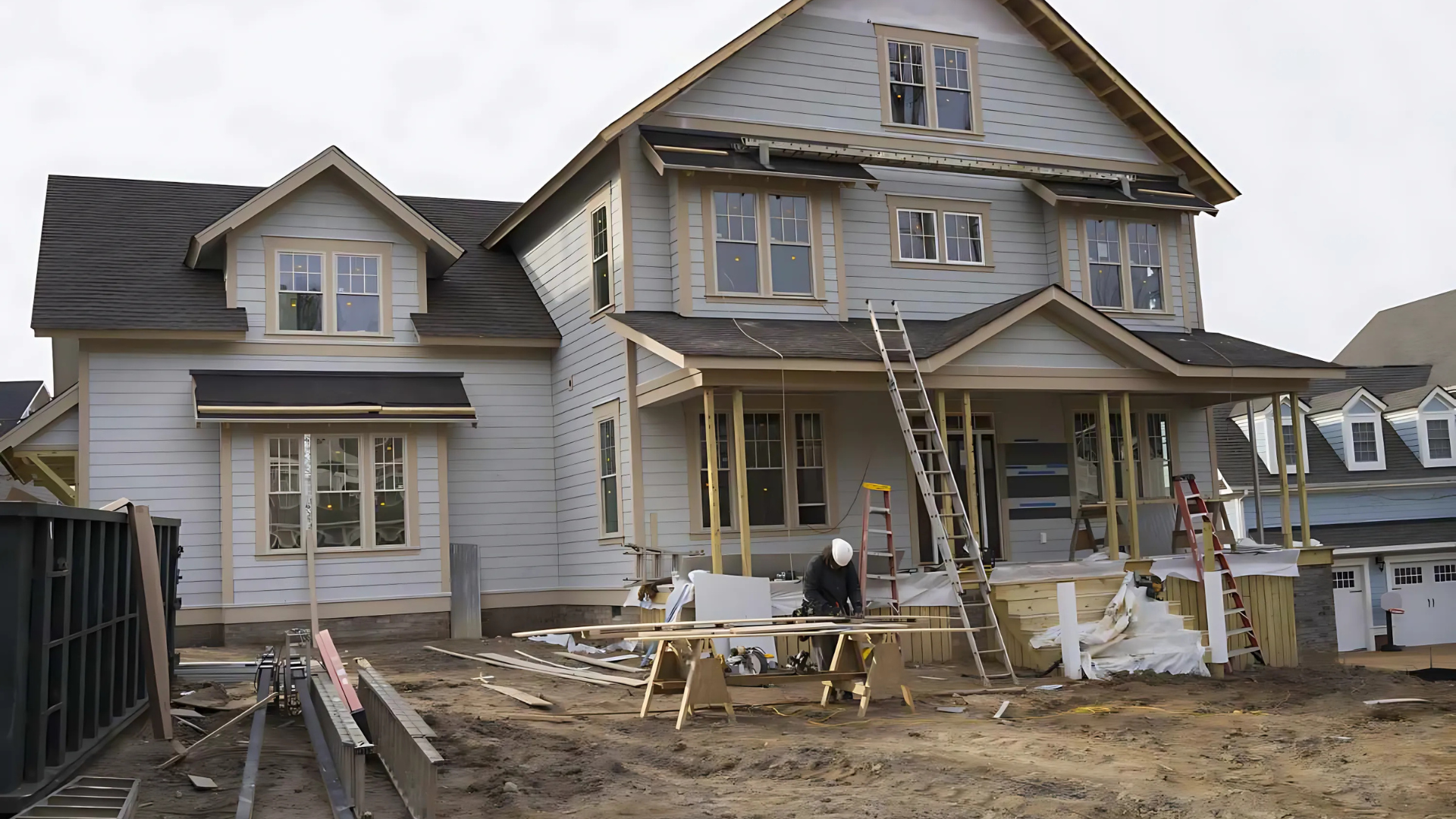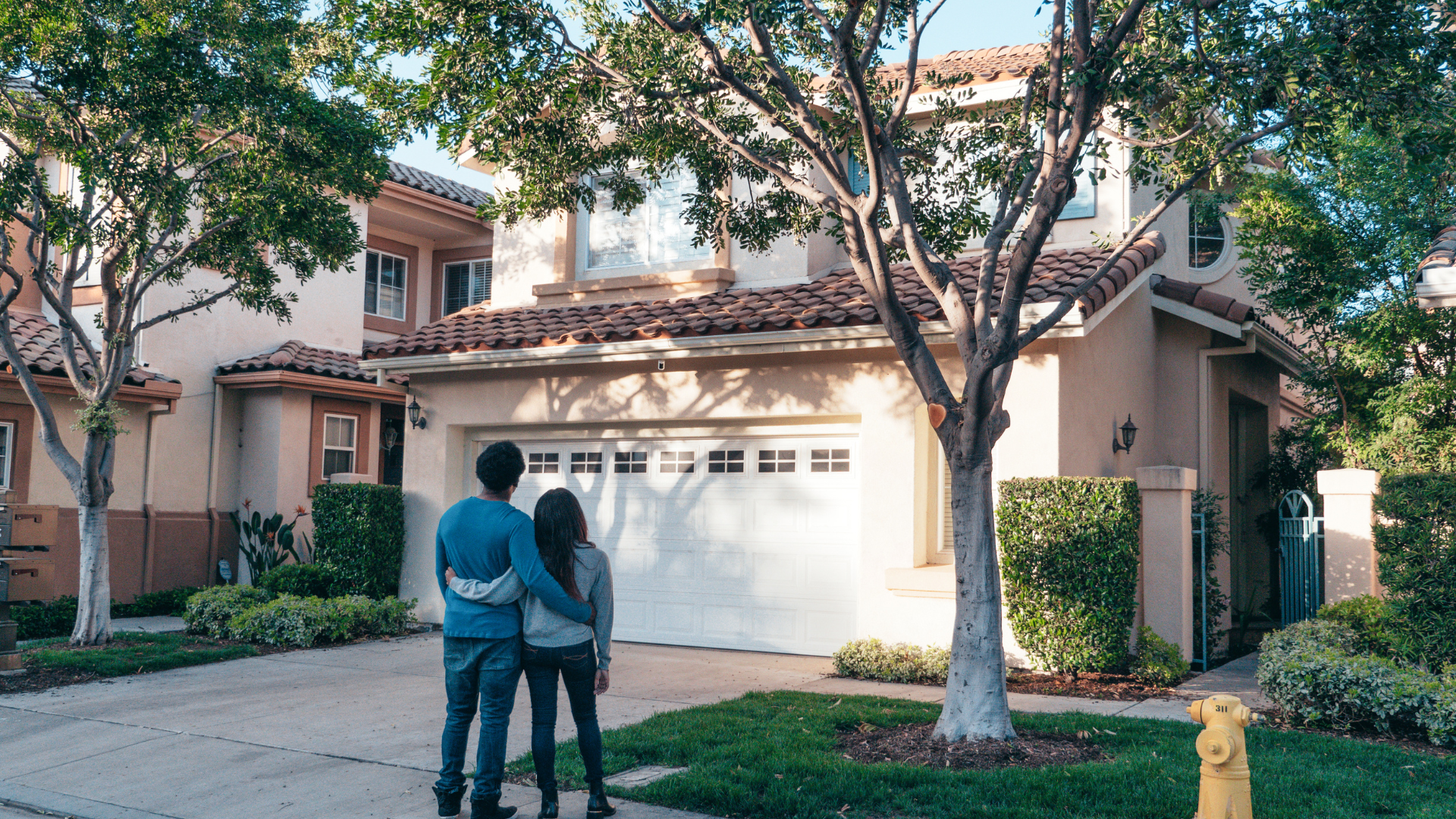Have you been asking yourself when to move the baby from the bassinet to the crib?
It’s a question that comes up quickly as little ones grow and change. Some babies start showing signs earlier, while others stay comfortable for longer.
As a parent, it can feel confusing to know the right time, especially with so many opinions out there. Many parents admit they look for reassurance during this stage, which is completely normal.
This blog will walk you through the key things parents notice and the feelings that often come with making this big step.
When to Transition Out of Bassinet: Key Signs
Deciding when babies outgrow bassinets is a big step. There are several signs you can watch for, from everyday behaviors to clear developmental changes, and experts also set age and weight limits you should keep in mind.
1. Baby Hitting the Sides
If your baby’s arms or legs keep bumping the bassinet walls, it usually means they have outgrown the space. A tight fit can disturb sleep and cause restlessness.
Some babies even wake up crying because they can’t stretch fully. When the bassinet looks crowded, it is often the clearest sign to start thinking about the crib.
2. Rolling or Sitting Up
Babies grow quickly, and rolling is one of the first big milestones to watch for. Once they can roll, push up on their hands, or start sitting, a bassinet is no longer safe.
These movements can raise the risk of tipping or falling. A crib provides the larger, sturdier space needed for these new skills.
3. Age and Weight Limits Reached
Most bassinets are built for short-term use, usually up to 4–6 months. Weight limits are often around 15–20 pounds, though every brand is different.
Some also include height limits, often around 25–27 inches. Once your baby reaches or comes close to these numbers, it’s best to make the switch for safety.
4. Restless or Interrupted Sleep
If your baby starts waking more often, fussing, or seeming uncomfortable, the bassinet may no longer be working. A lack of space can cause broken sleep for both the baby and the parents.
Many families notice their baby sleeps longer and more peacefully once moved to a crib. Watching these sleep patterns can be an easy way to tell.
5. Parent Instincts
Sometimes the strongest indicator comes from you. Even if your baby has not reached a milestone or weight limit, you may feel that the bassinet no longer seems safe or appropriate. Parents often notice when the bassinet looks unstable, crowded, or simply “too small” for comfort.
Trusting your instincts is important because every baby develops at a unique pace. If you feel the crib is the safer and more comfortable option, that alone is reason enough to make the change.
6. Baby Trying to Pull Up
Some babies grab the sides of the bassinet and attempt to pull themselves upward. Even if they can’t stand yet, this behavior is risky in such a small sleep space.
Bassinets are not built to handle climbing or pulling motions, and the risk of falling increases. A crib, with its higher rails and stronger structure, offers a secure place for babies to experiment with these new movements safely.
7. Outgrowing Swaddles or Needing More Space
As babies grow, they often start breaking free from swaddles or stretching into new positions during sleep. In a small bassinet, this movement feels restrictive and frustrating.
A crib provides more room for babies to stretch, roll, and settle in new ways, supporting their growth and comfort. Parents often notice their baby sleeps more peacefully once they have the extra space to move naturally.
8. Bassinet Looking Unstable
With age and weight, some bassinets begin to wobble, creak, or tilt under the baby’s movements. This can make parents nervous, and rightly so, because stability is key to safe sleep.
Cribs are designed to remain steady and secure as babies grow heavier and more active. If your bassinet feels less sturdy than before, it’s a clear sign that transitioning is the safer option.
9. Baby Sleeping Better in Larger Spaces
Some babies naturally prefer more space and may already nap longer in a playpen, crib, or other larger sleeping area. Parents often find that once the baby has room to stretch and roll, sleep becomes deeper and more consistent.
If you notice your baby rests better in larger spaces during the day, it’s usually a sign they’ll do the same at night in a crib.
What Parents Say: Real-Life Experiences
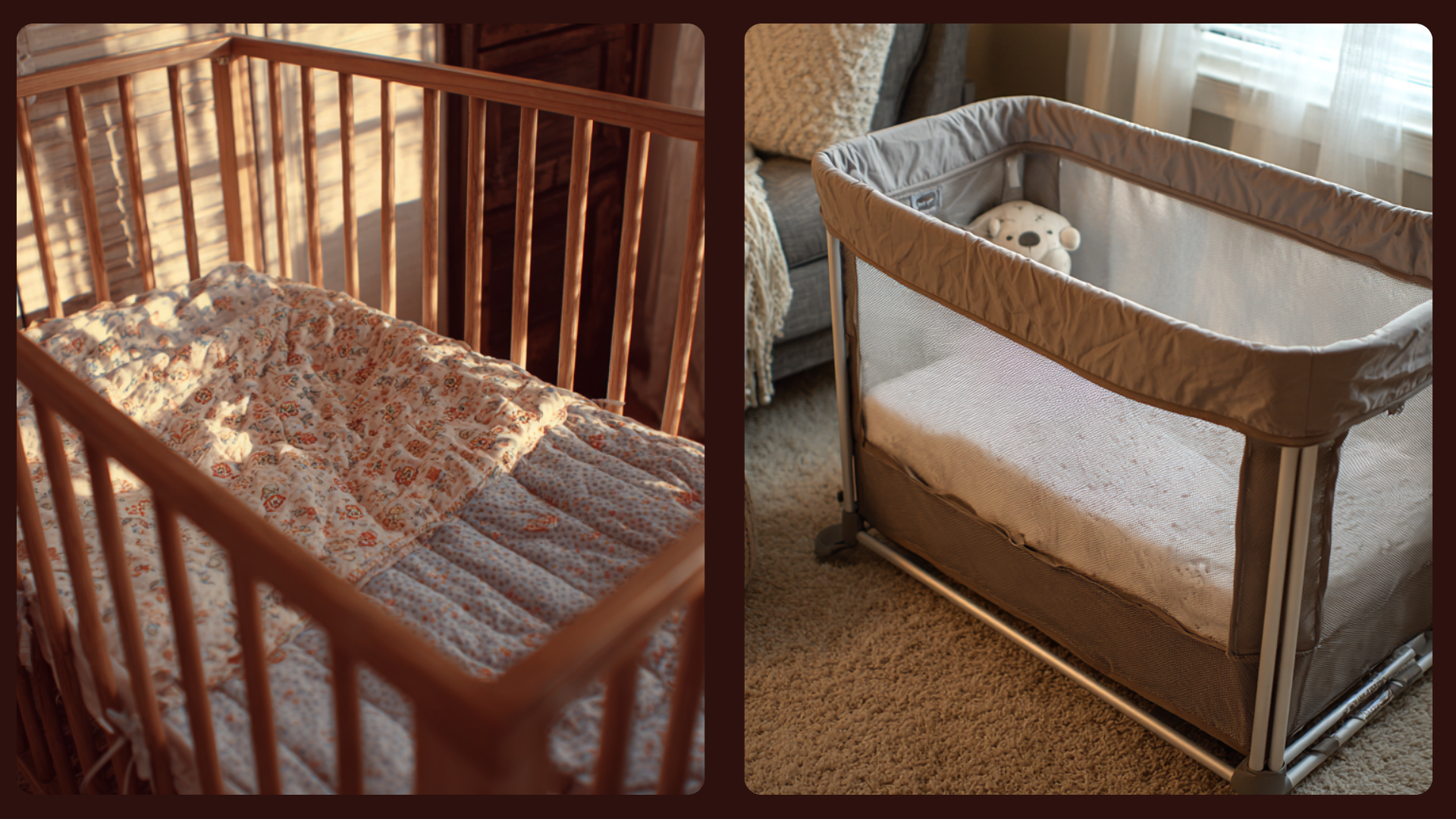
Through parenting forums like Reddit and community discussions on sites such as BabyCenter and What to Expect, parents share different timelines for when they moved their baby from bassinet to crib.
Early Movers (Before 3 Months) – One parent on Reddit shared,
“My baby rolled early, so I did not feel safe keeping them in the bassinet.”
Families who moved this early explained that their babies began rolling or pushing up sooner than expected. According to BabyCenter, rolling is a key safety milestone, and many parents felt the crib was the only safe option at that point.
The 4 to 6 Month Window – On parenting forums, many parents wrote things like,
“Around 5 months she kept hitting the sides and I knew it was time.”
This is the most common age for transitioning. Babies in this stage often become restless, wake up more, or look cramped in the bassinet. Parents felt moving to a crib gave their babies more space, better rest, and a safer environment.
Late Movers (After 6 Months) – Some parents on BabyCenter groups admitted,
“We kept him in until 7 months because he slept so well. Moving was tough.”
They explained that they delayed because their babies still slept soundly in the bassinet, and they didn’t want to disrupt a good routine. When the transition finally happened, it was harder since the baby was already very used to the smaller space.
Coping With the Emotional Side of Moving to a Crib
Parents often feel anxious when it is time to move the baby out of their room.
The bassinet brings comfort and closeness that feels hard to give up. Shifting to a crib can feel like both a practical and emotional step.
Sleep for parents also changes during this transition, which can add stress. Some rely on monitors to check often through the night for reassurance. Others place the crib in their room first, making the process smoother for everyone.
Every baby and parent moves at their own pace, so there is no strict rule. What works for one family may not work for another family’s needs.
Trusting your instincts helps you feel confident while guiding your baby forward.
Crib Transition Challenges Parents Faced
The move to a crib does not always go smoothly. Many parents share common struggles during this stage.
- Baby refusing to sleep in crib: Some babies simply would not settle once placed in the crib. Parents often ended up holding or rocking longer. This made the first few nights especially tiring.
- Night wakings and regressions: Even babies who slept well in the bassinet sometimes woke more in the crib. Parents described this as a sleep regression. It often took time for babies to adjust.
- Parents juggling sleep training with the crib move: Some families tried sleep training at the same time. Balancing both changes was overwhelming. Parents said it felt like too much all at once.
- Stories of trial and error: Many parents admitted the process was not perfect. They tried different routines, positions, or timing until something worked. In the end, patience made the biggest difference.
How Parents Made the Move Smoother
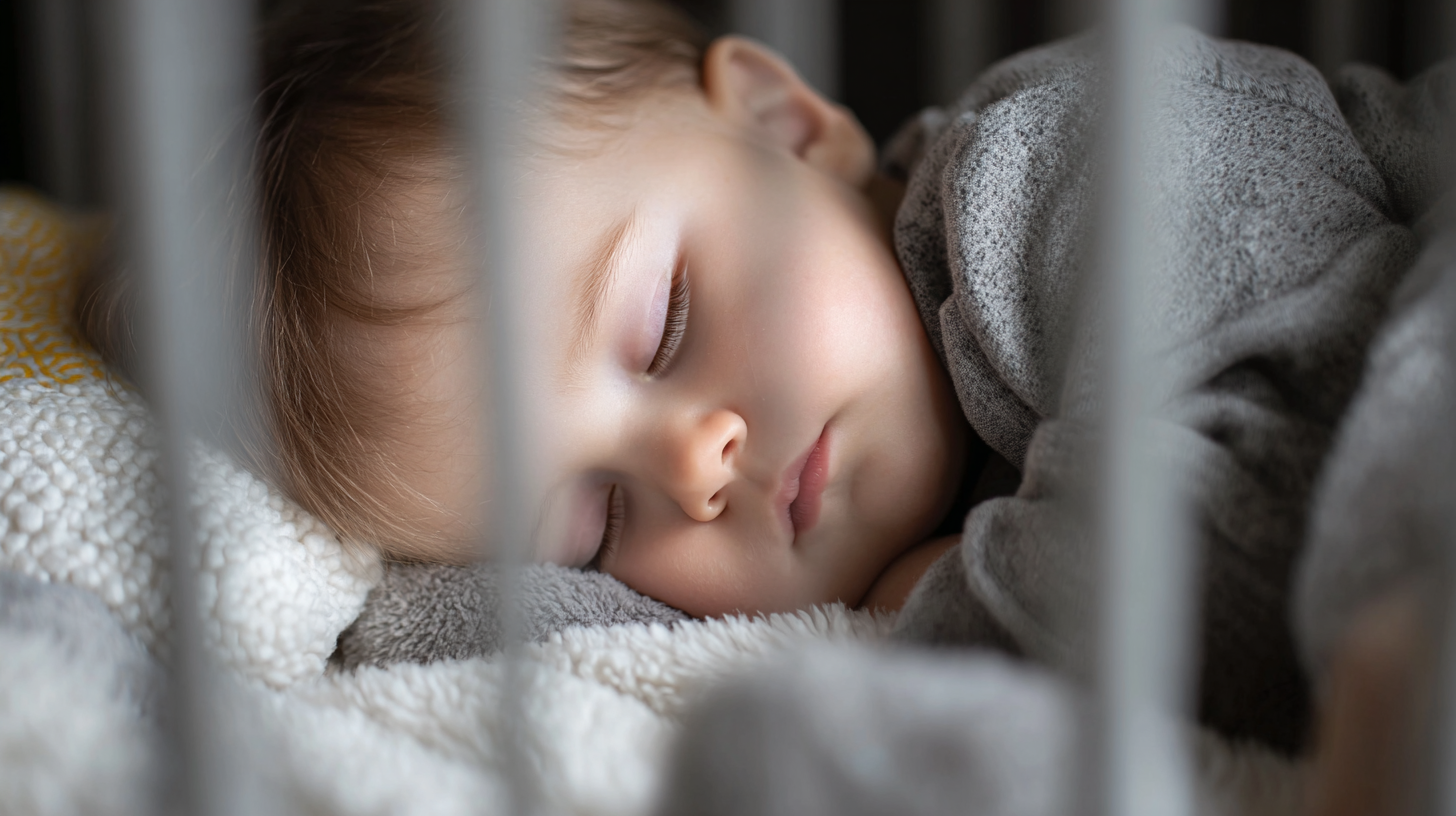
Moving your baby from a bassinet to a crib can feel like a big change for both of you. Here are a few gentle ways parents make the transition smoother and more comforting:
- Start with naps before switching to full nights in the crib.
- Keep bedtime routines the same for familiarity and comfort.
- Use soothing techniques like gentle pats, white noise, or a sleep sack.
Expert Guidance vs. Parent Experience
Parents often look to experts for direction, but also rely on their own instincts. Balancing both can shape the timing of the crib transition.
| Source | What Experts Recommend | How Parents Respond |
|---|---|---|
| American Academy of Pediatrics (AAP) | Room-share with baby for at least six months, ideally one year, for safety. | Many parents move earlier when the bassinet feels unsafe or too small. |
| Pediatricians | Transition once babies roll, push up, or approach weight and age limits. | Parents often agree, using milestones as a sign to switch. |
| Parent Experience | Follow official safety guidelines as a base, but adjust as needed. | Families adapt to their baby’s unique sleep habits and comfort level. |
Practical Tips Shared by Parents
Parents often pass along simple tricks that make the transition easier. These ideas focus on safety, comfort, and making the crib feel inviting.
- Creating a safe and cozy crib setup: Parents suggest keeping the crib clear of toys, pillows, and blankets. A fitted sheet and firm mattress create a secure base. A calm environment helps babies settle faster.
- White noise machines, swaddles, and sleep sacks: Many families use gentle background noise to mimic the womb. Swaddles or sleep sacks provide comfort without loose bedding. These tools signal sleep and reduce fussiness.
- Space-saving solutions: For small rooms, parents often turn to mini-cribs or pack n plays. These options provide more room than a bassinet but take up less space than a full crib. They also work well for travel.
- Must-have crib essentials parents recommend: Popular items include breathable fitted sheets, a firm mattress, and a reliable monitor. Some also add blackout curtains for better naps. Each piece supports safe and consistent sleep.
Conclusion
Deciding when to transition out of bassinet setups is more than just a practical choice; it’s an emotional moment for many parents. It signals growth, independence, and a new rhythm at home.
I understand how much thought goes into this stage because it’s not simply about following rules but also about listening to your instincts.
Each family looks a little different, and that is perfectly normal.
What matters most is knowing when do babies outgrow bassinet spaces and finding what feels safe, supportive, and right for your baby.

